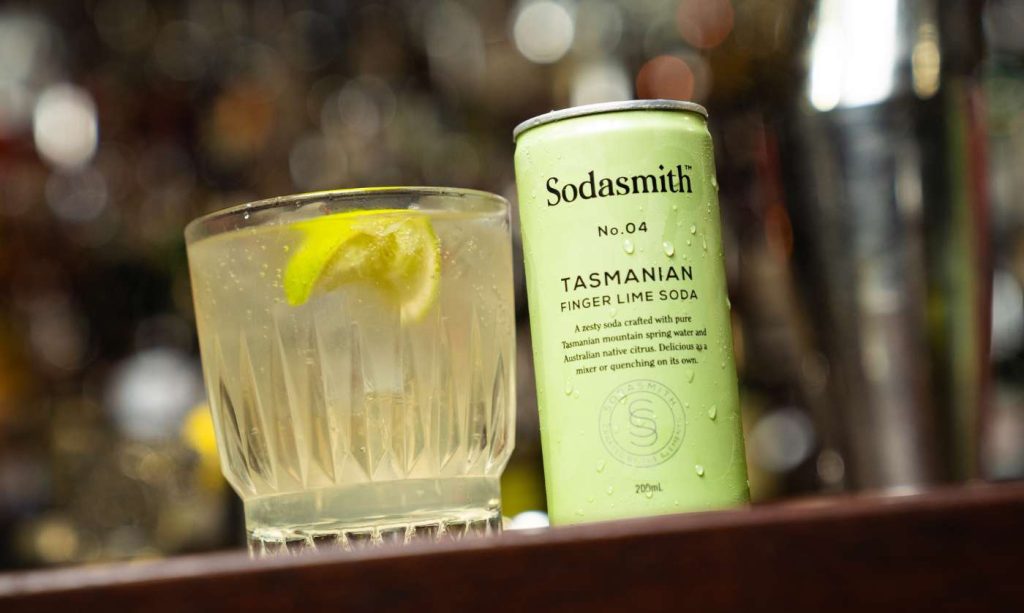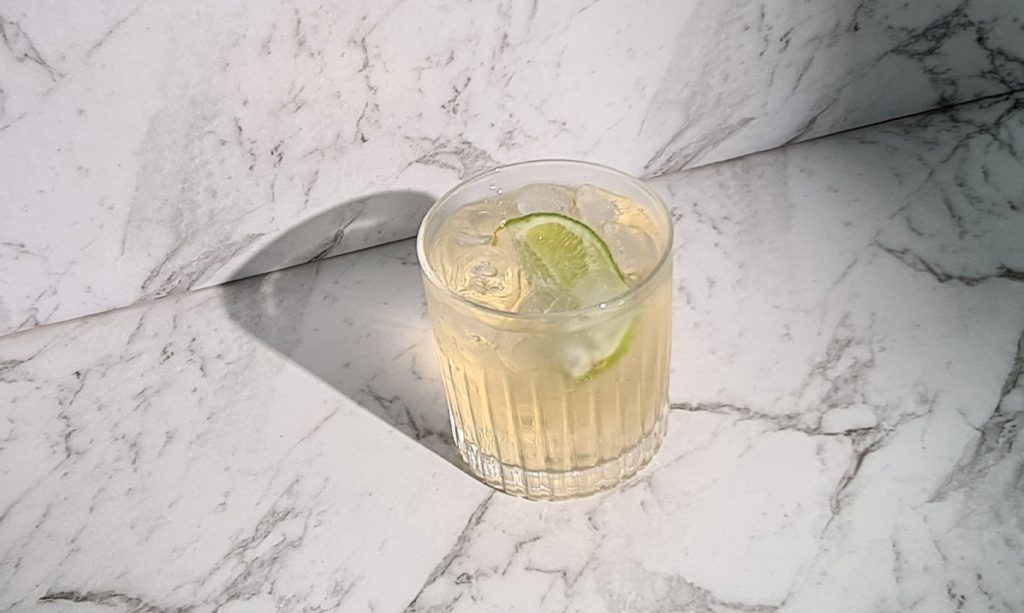Retro Revival
Published 23 Sep, 2015For a long time sherry has suffered from an association with Nan’s retro liquor cabinet, but now more and more people are starting to pay attention to what wine writers have long touted as a thoroughly underappreciated wine.
A new breed of sherry has cast of its retro reputation and is making waves across the wine scene as a thoroughly modern ‘it’ drink.
When you think of sherry you probably envision the sickly sweet syrupy stuff that dominated 70’s dinner parties, but in fact sherry is produced in many versatile styles, ranging from light versions similar to white wine, to heavier darker styles. Fino is the lightest, a very dry and pale sherry with hints of grass and citrus. Amontillado is a matured Fino, with nutty caramel notes, while Oloroso is sweeter and more complex with hints of toffee and spices. The sweetest variety is Pedro Ximenez, which has a dark intensity that pairs perfectly with decadent desserts.
Most sherry is made from a white grape called ‘Palomino’, which is grown in an area in Spain known as the ‘Sherry Triangle’. It is similar to Champagne in that it is only allowed to be called sherry if 40 per cent of grapes come from the Sherry region. For this reason, Sherry that is produced in Australia is referred to as Apera.
The versatile range of sherry is the result of its production process, which allows producers to customise their drop at several stages. After the grapes have undergone fermentation, the wine is sampled and classified according to what type of sherry it is most suitable for. The wine is then fortified accordingly and then left to age in barrel. As it ages it develops a layer of yeast called ‘flor’ which protects the it from oxidisation and adds notes of nuts, bread and lemons. Darker varieties have this layer removed so that it can oxidise and develop a dark richness.
After maturing for at least three years, some of the sherry is drawn for bottling and replaced with younger wines from other barrels. This is called the Solera system and it means that the wine makers can experiment with the taste of different bottlings. This is also why it often does not have a specific vintage year.
Once it has been bottled, it does not really benefit from further aging so its best to pop open a bottle and start enjoying straight away. Forgo the thimble sized sherry glass and enjoy big gulps from a proper wine glass. The caramel flavours of an Oloroso is a wonderful accompaniment to game dishes, and Heston Blumenthal loves to pair sherry with seafood. It has also made a return to the cocktail scene, mixed with vermouth and bitters in high end bars, or sugar and orange for a classic sherry cobbler.
Australian Examples
Pennyweight La Serena Oloroso, McWilliams Royal Reserve Apera, Pfeiffer Seriously Pink, Morris Mia Pale Flor Apera, Chambers Rutherglen Sweet Amber












